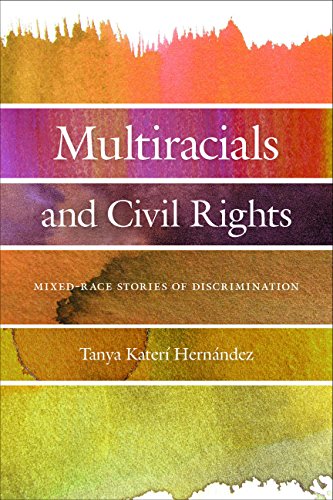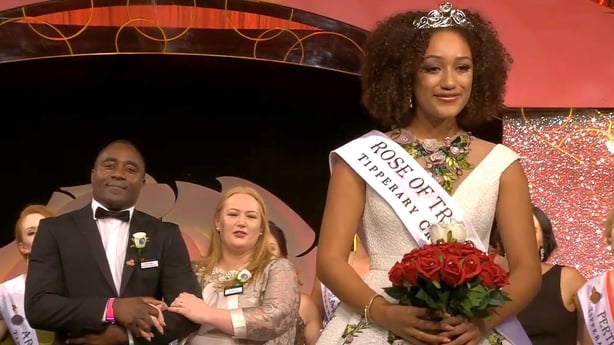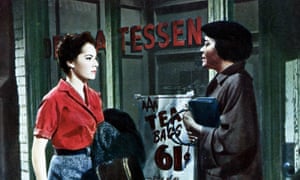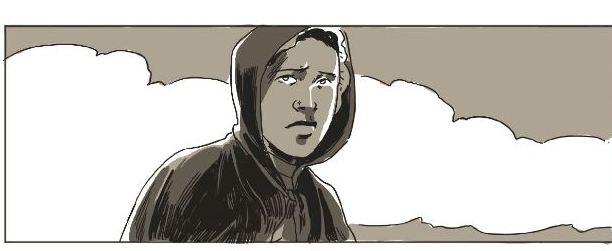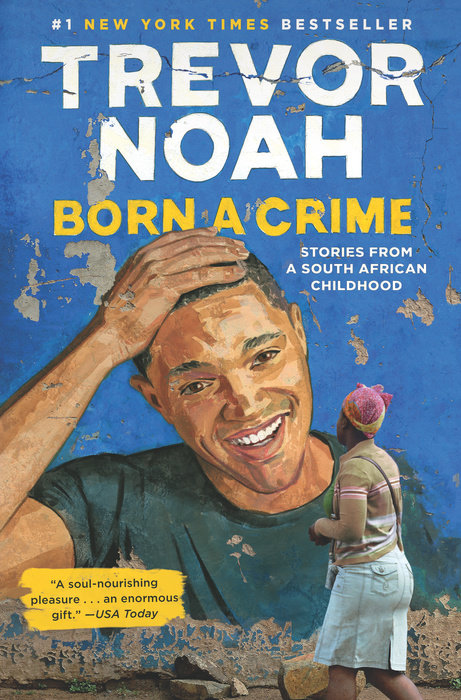The mixed-race experience: ‘There are times I feel like the odd one out’Posted in Articles, Arts, Identity Development/Psychology, Media Archive, United Kingdom on 2018-08-26 23:34Z by Steven |
The mixed-race experience: ‘There are times I feel like the odd one out’
The Guardian
2018-08-26
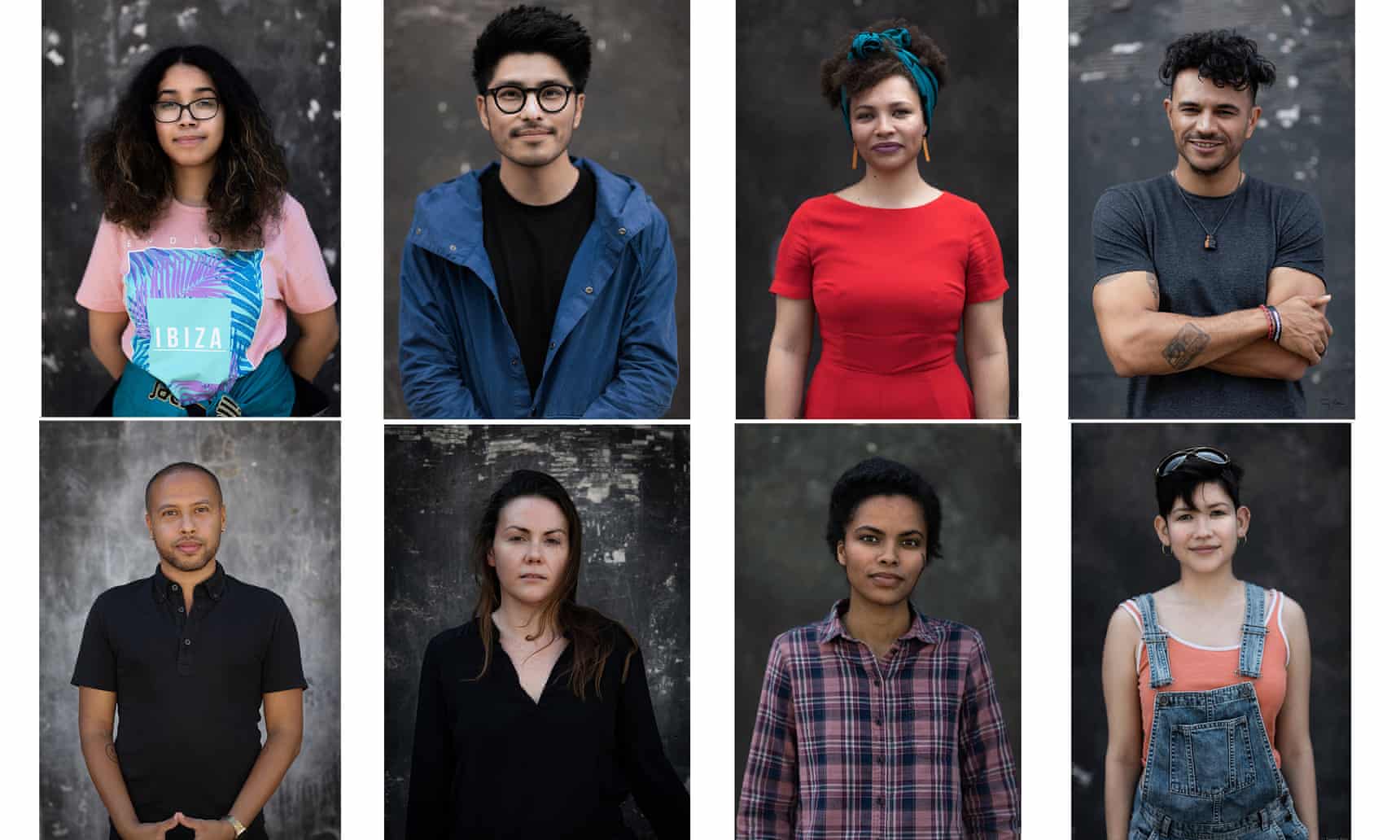 ‘It has given people a sense of belonging’: photographer Tenee Attoh on her photography project. Composite: Tenee Attoh |
A series of portraits of mixed-race people from around the world has cast new light on how we see ourselves
Last year the photographer Tenee Attoh began taking portraits of multiracial friends and acquaintances against a mottled black background at the Bussey Building in Peckham, southeast London. Attoh is half-Dutch on her mother’s side, half-Ghanaian on her father’s, and identifies as mixed-race. Born in the UK, she spent most of the first 23 years of her life in Accra and Amsterdam, shuttling between cities and cultures, an experience she found enlightening but problematic. “On the one hand it allows you to develop a different understanding of the world,” she says of her duality. “But there’s still a lot of ignorance in society. People perceive you as either black or white, and you’re not – you’re mixed.”
Working in London, Attoh heard similar stories from other mixed-race people, and soon she began publishing her images online (at mixedracefaces.com and on Instagram) alongside small texts that allowed her subjects to share personal thoughts on identity, race and self, something they couldn’t do elsewhere. Following the death of her mother, to whom the series is dedicated, the project helped Attoh dissect her own multiracial experience – what it means to be connected to two worlds at once, and how society perceives that condition – but it has also sparked an open forum on diversity. “It’s not a topic people usually talk about,” Attoh says. “So the website has become a platform for people with mixed heritage. It’s given a lot of them a sense of belonging.”…
Read the entire article here.

